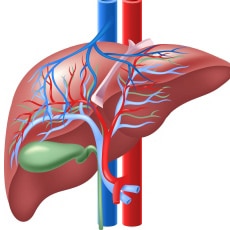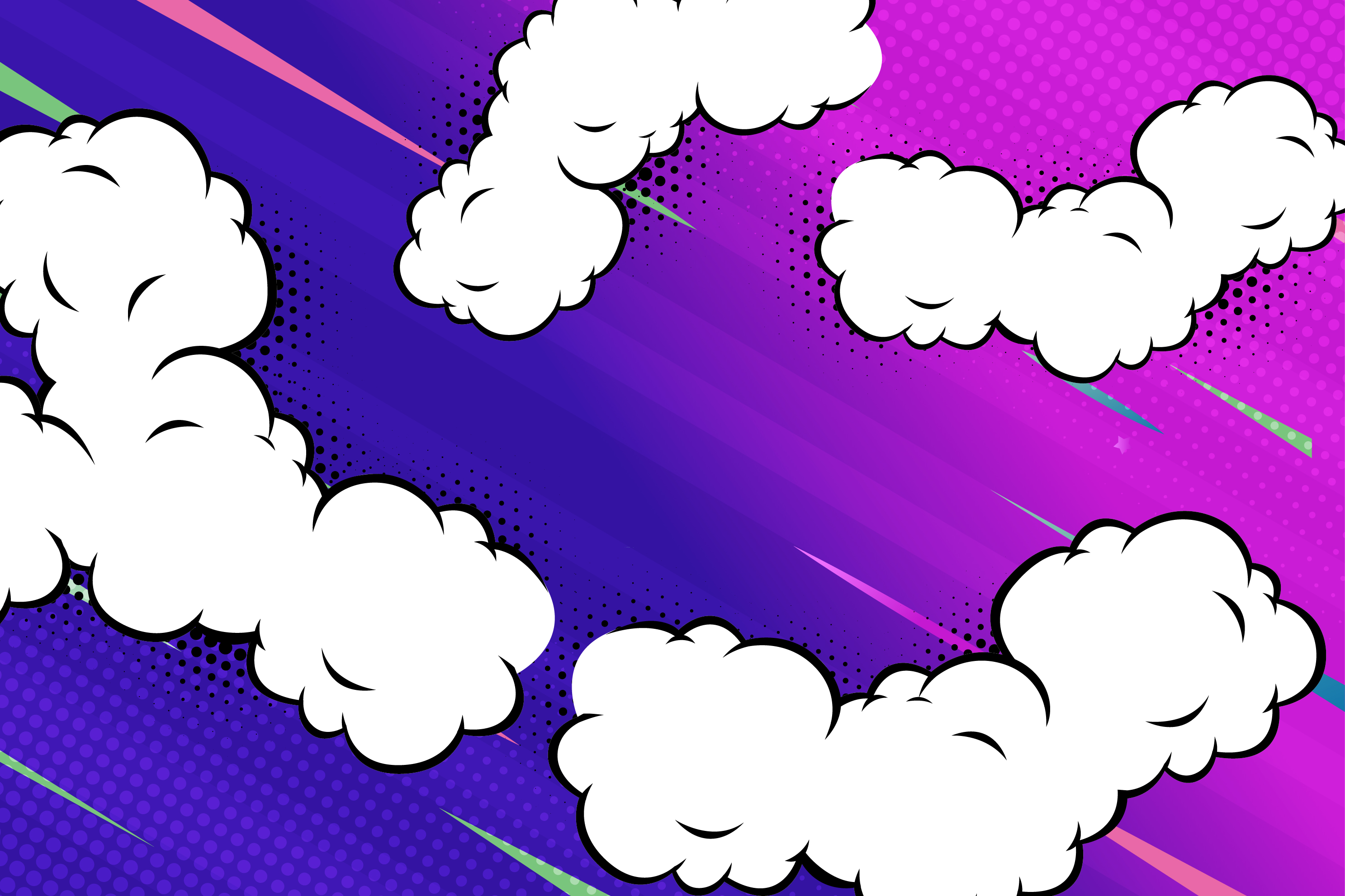
Biliary Tract Diseases

Summary
Your liver makes a digestive juice called bile. Your gallbladder stores it between meals. When you eat, your gallbladder pushes the bile into tubes called bile ducts. They carry the bile to your small intestine. The bile helps break down fat. It also helps the liver get rid of toxins and wastes.
Different diseases can block the bile ducts and cause a problem with the flow of bile:
- Gallstones, which can increase pressure in the gallbladder and cause a gallbladder attack. The pain usually lasts from one to several hours.
- Cancer
- Infections
- Birth defects, such as biliary atresia. It is the most common reason for liver transplants in children in the United States.
- Inflammation, which can cause scarring. Over time, this can lead to liver failure.
NIH: National Institute of Diabetes and Digestive and Kidney Diseases
Source: MedlinePlus, National Library of Medicine.
Information pulled from the Bile Duct Diseases page.
MedlinePlus brings together authoritative health information from the National Library of Medicine (NLM), the National Institutes of Health (NIH), and other government agencies and health-related organizations.
Alkaline Phosphatase
National Library of Medicine
Bilirubin Blood Test
National Library of Medicine
ERCP (Endoscopic Retrograde Cholangiopancreatography)
National Institute of Diabetes and Digestive and Kidney Diseases
Gamma-glutamyl Transferase (GGT) Test
National Library of Medicine
HIDA Scan
Mayo Foundation for Medical Education and Research
Magnetic Resonance Cholangiopancreatography (MRCP)
Radiological Society of North America
Understanding EUS (Endoscopic Ultrasonography)
American Society for Gastrointestinal Endoscopy
Biliary obstruction - series
Medical Encyclopedia
Endoscopic retrograde cholangio pancreatography (ERCP) - series
Medical Encyclopedia
Understanding ERCP (Endoscopic Retrograde Cholangiopancreatography)
American Society for Gastrointestinal Endoscopy
Listen to our
latest Podcast!



